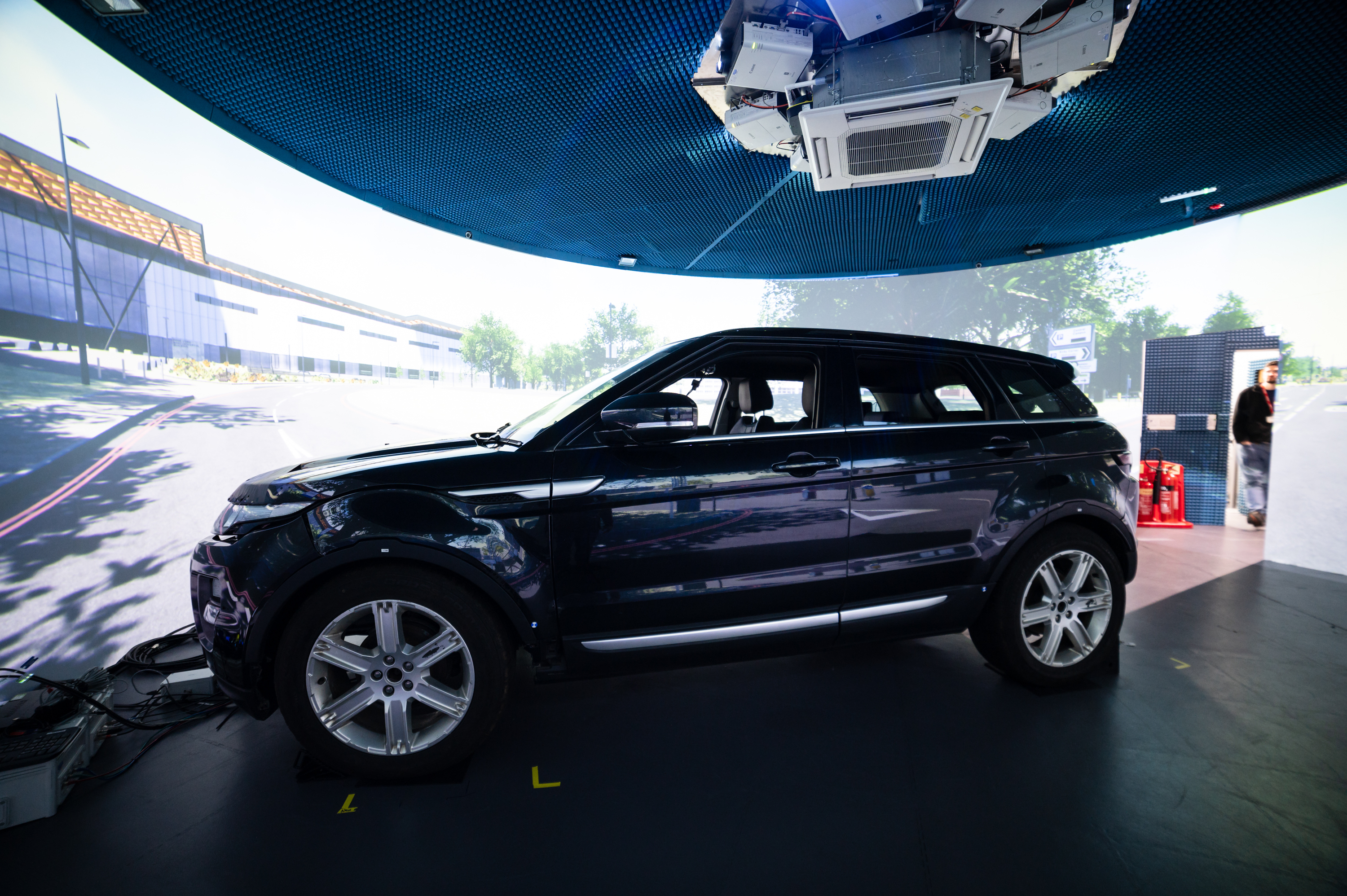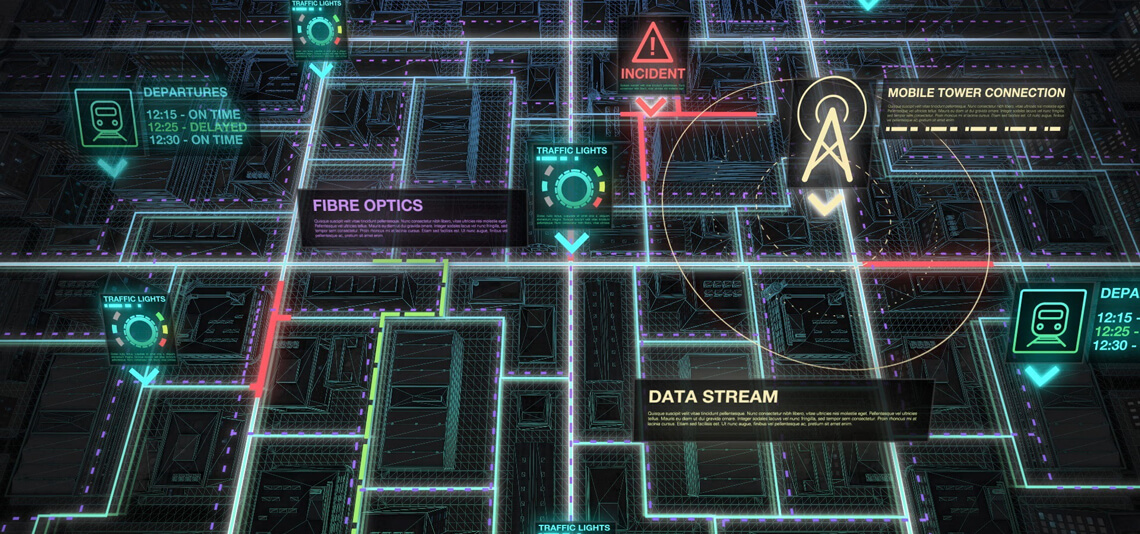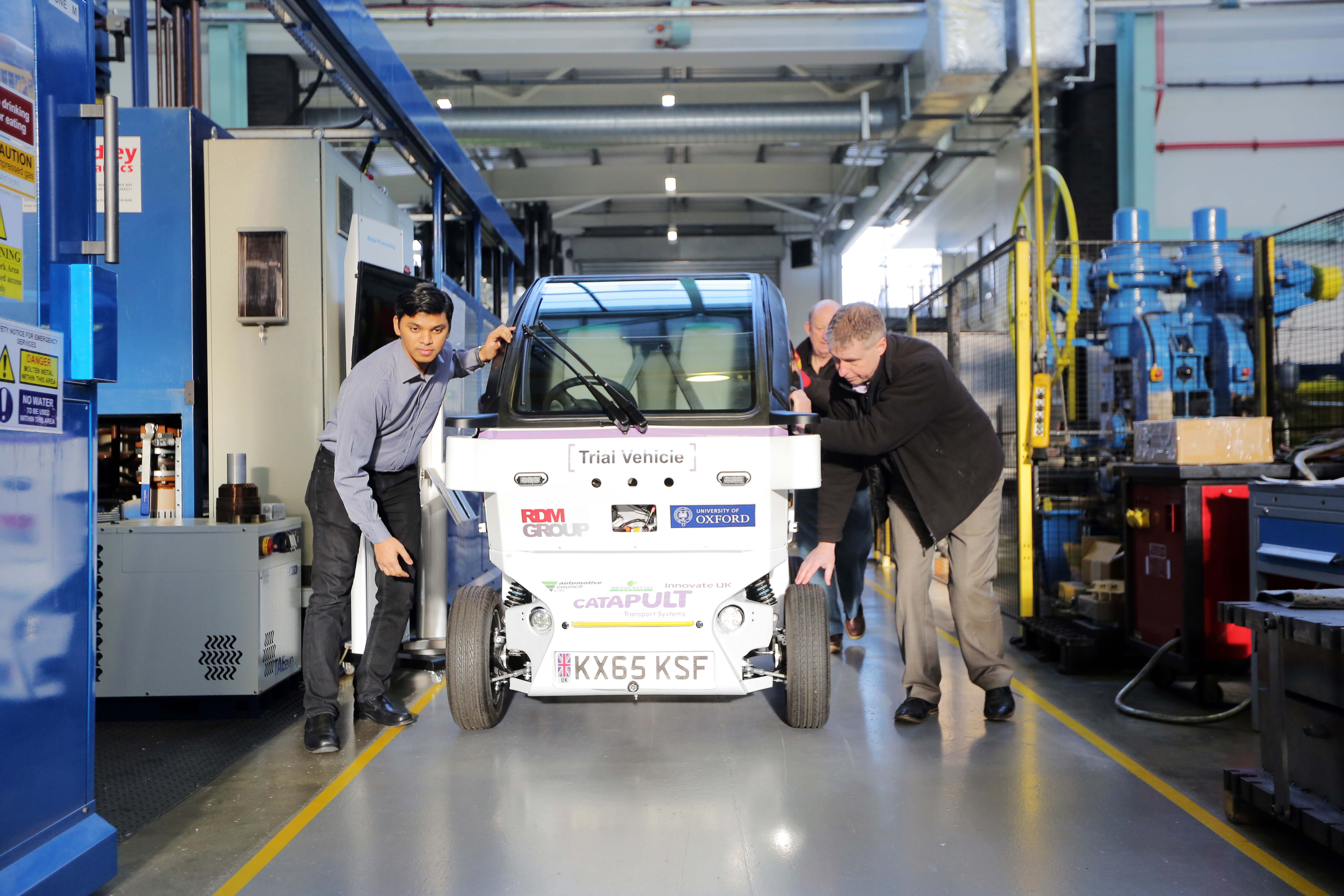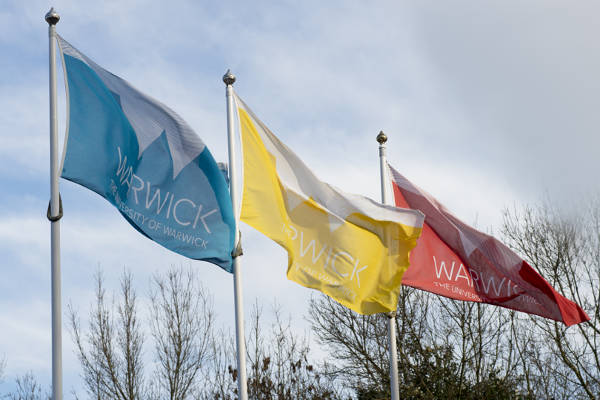Verification and Validation Group

Verification and Validation Group
Intelligent vehicles are transforming the future of transport mobility and providing more accessible and inclusive transport options for the public.
The emerging connected and automated mobility (CAM) technology is the heart of the UK’s transport innovation. It could save about 4000 lives, prevent 60,000 serious road accidents, and deliver more than £65 billion in economic benefits annually to the country. To deploy CAM technology on the road, it needs to be proven safe.
Safety is our number one priority
The Verification and Validation (V&V) team’s vision is to ensure the safe introduction of technology in society by preventing all potential accidents. Our mission is to create knowledge and methodologies for industry to prove a technology is safe for society.
Key contact
Prof Siddartha Khastgir
S.Khastgir.1@warwick.ac.uk
Key links
Verification and Validation highlights






Focus areas
Check out our testing framework and talk to us about them
Test environment
To perform the execution of the scenarios, we need an execution environment, which can range all the way from pure virtual to real-world public roads.
The virtual environment enjoys scalability and controllability, whereas the real world offers the exact realism one would encounter during the actual usage of the system. In the V&V team, we focus on answering: 1) how to incorporate different levels of environment for safety assurance; 2) which environment to use based on given objectives; 3) how to consolidate safety evidence across environments; and 4) how to validate the credibility of virtual environments.
Through our research and development outcomes, we have also led the development of several simulation-related international standardisation initiatives. Our goal is to become the go-to place (both nationally and internationally) for simulation-based testing of CAVs.
Safety
Establish capability for safety assurance of Automated Driving System (ADS) and other systems through the application of analysis methods based on System-Theoretic Accident Model and Processes (STAMP)- System Theoretic Process Analysis (STPA) & Causal Analysis based on Systems Theory (CAST), and the delivery of training on these methods to various stakeholders in the safety ecosystem. The application of these techniques has also been diversified into other domains, such as aviation and marine.
We aim to become internationally known for STPA for CAV and other applications and be recognised as leaders in system safety analysis (Failure Modes and Effects Analysis (FMEA), Fault Tree Analysis (FTA), SOTIF, Functional Safety, and AI Safety).
Test scenarios
Scenarios are essentially virtual “what if” situations that an Autonomous Driving System (ADS) might face on the road. They encompass all aspects - the environment, conditions, and the behaviour of all road actors. Our goal is to assess the functional correctness and safety of ADS through comprehensive scenario-based testing.
Safe AI
Focuses on ensuring the development of trustworthy AI systems through key research areas: AI model robustness verification and improvement; explainable AI (XAI), aimed at improving the transparency of AI decisions; AI reliability assessment, evaluating consistent performance; and safety analysis and assurance for learning-enabled systems, providing systematic and structured safety justifications. Our work lays the groundwork for integrating AI technologies responsibly into the automotive domain and the general society.

